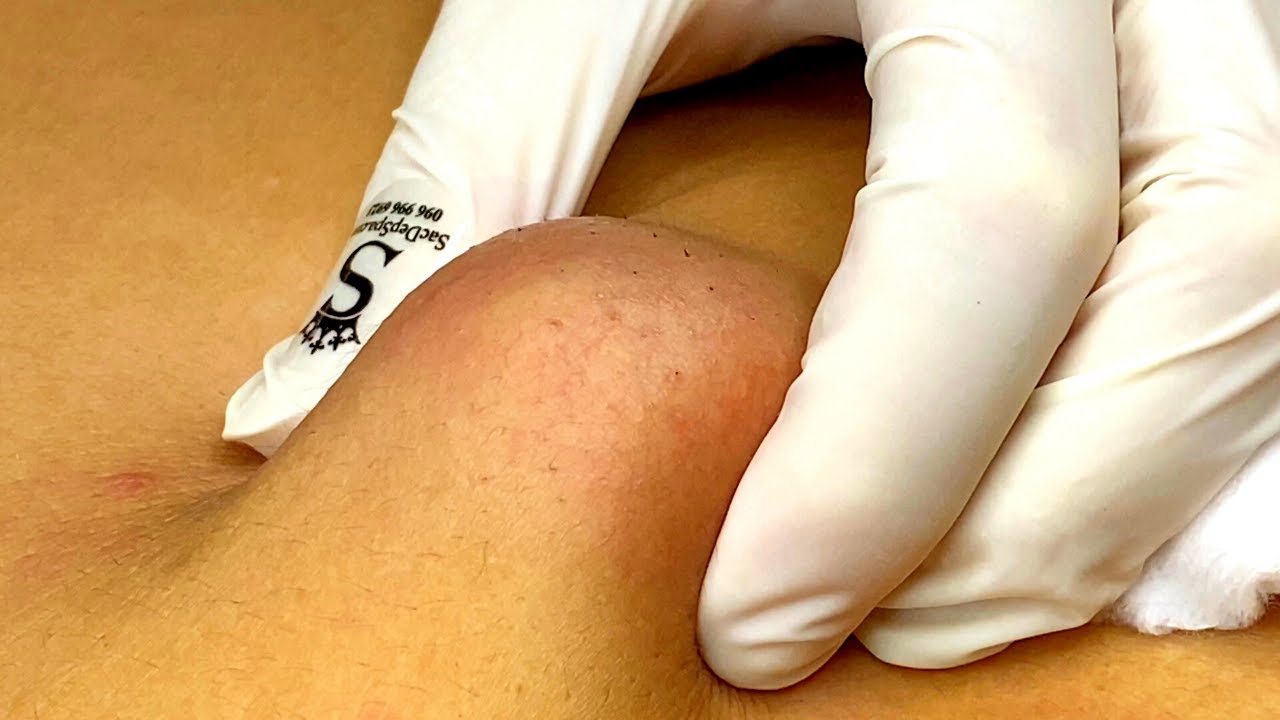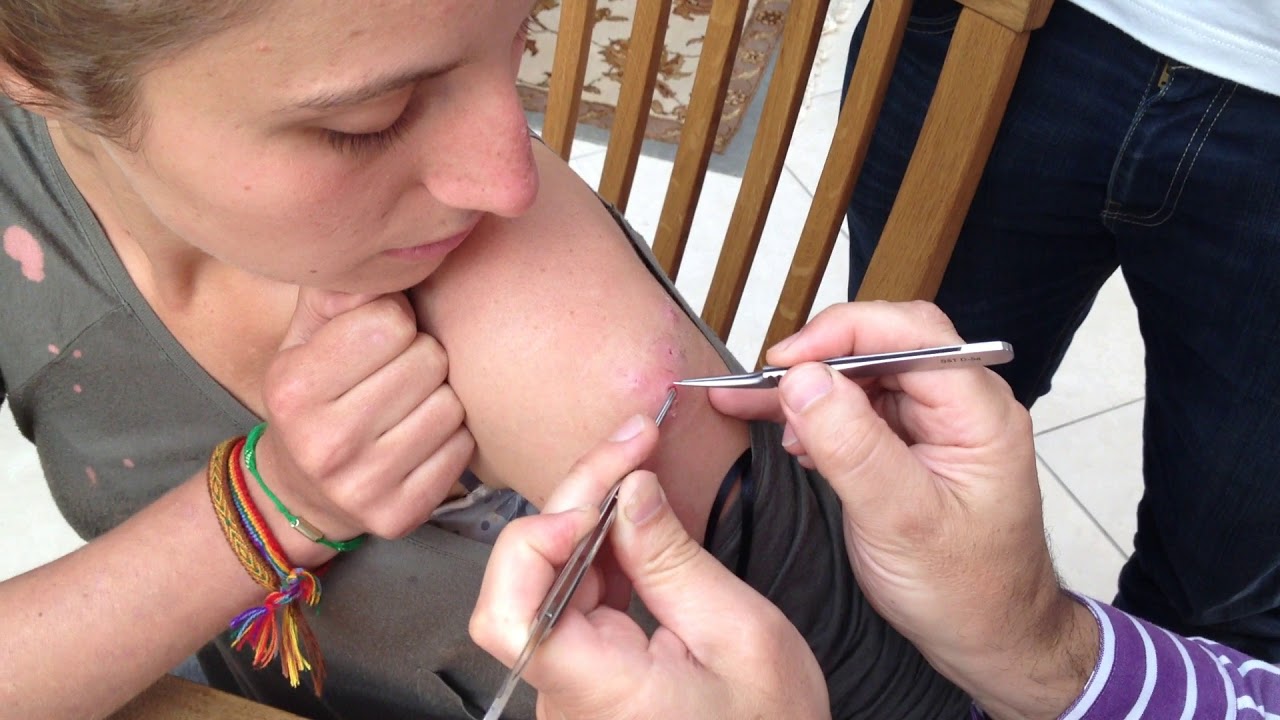- Choose Whole Grains: Opt for whole grains like oats, quinoa, and brown rice instead of refined grains. These complex carbs are digested more slowly, which helps to prevent rapid increases in blood sugar.
- Incorporate Lean Proteins: Include lean protein sources like chicken, fish, tofu, and legumes. Protein helps to slow down the absorption of carbohydrates, preventing sharp rises in blood glucose.
- Focus on Fiber: Fiber-rich foods like vegetables, fruits, legumes, and whole grains are essential for controlling blood sugar levels. Fiber slows digestion and promotes more stable blood sugar levels by reducing the rate at which glucose enters the bloodstream.
- Limit Sugary Foods and Drinks: Sugary foods and beverages cause rapid blood sugar spikes. Minimize processed snacks, sugary desserts, and soda. Instead, opt for naturally sweet options like fruits, which contain fiber and essential nutrients.
- Portion Control: Eating smaller, more frequent meals can prevent overeating and help regulate blood sugar. Try to avoid large, high-carb meals that can overwhelm your system.
- Healthy Fats: Incorporate healthy fats like avocados, nuts, and olive oil. These fats help to regulate blood sugar by slowing the absorption of carbs and promoting satiety.
- Stay Hydrated: Drinking enough water throughout the day helps to prevent dehydration, which can lead to blood sugar imbalances.

By following these dietary strategies, you can effectively manage your blood sugar levels and support long-term health. Always consult with a healthcare professional before making significant dietary changes, especially if you have a health condition like diabetes.

